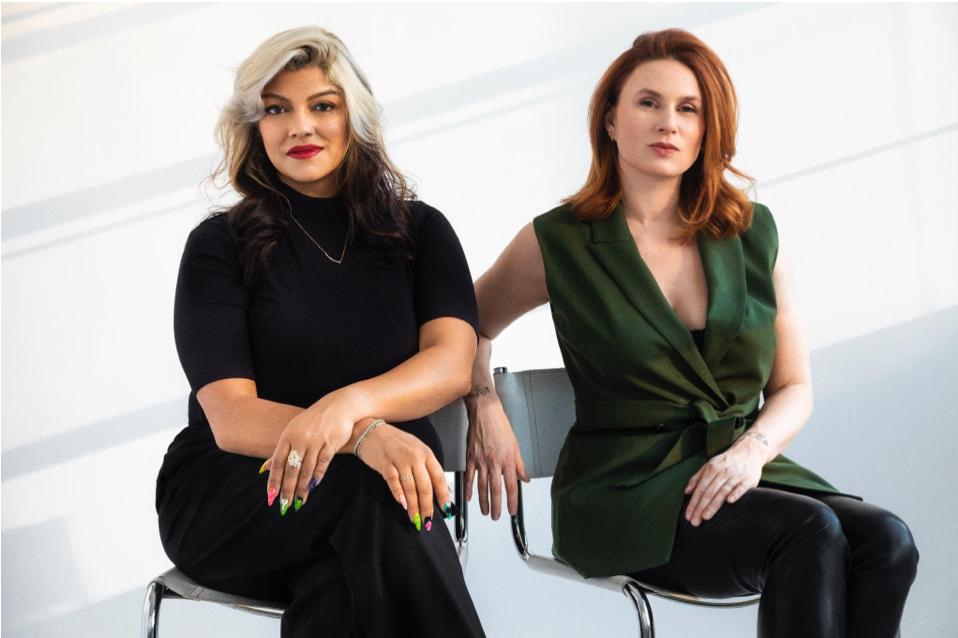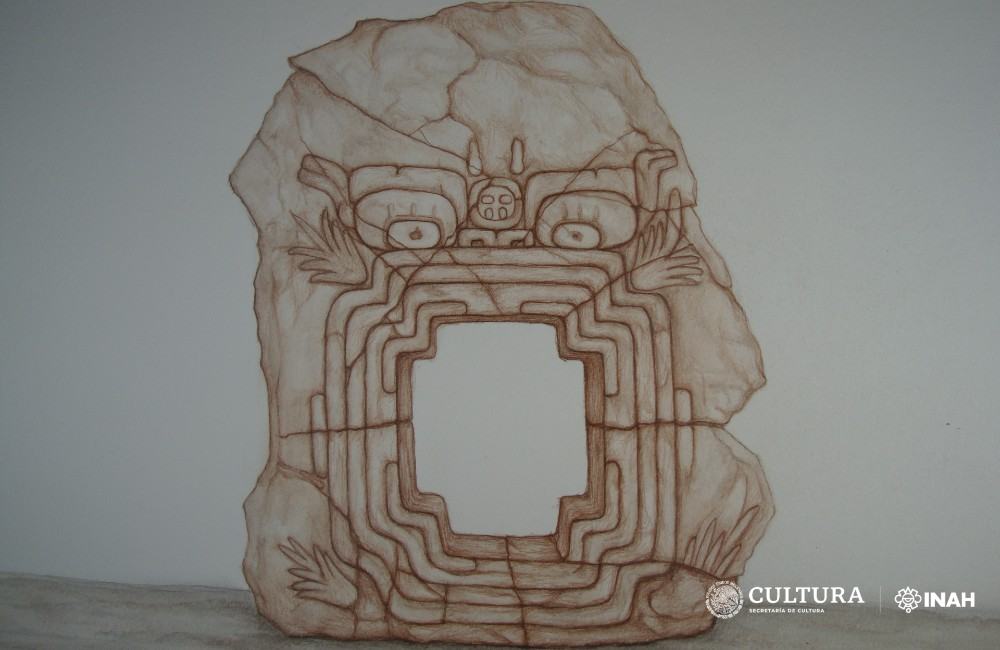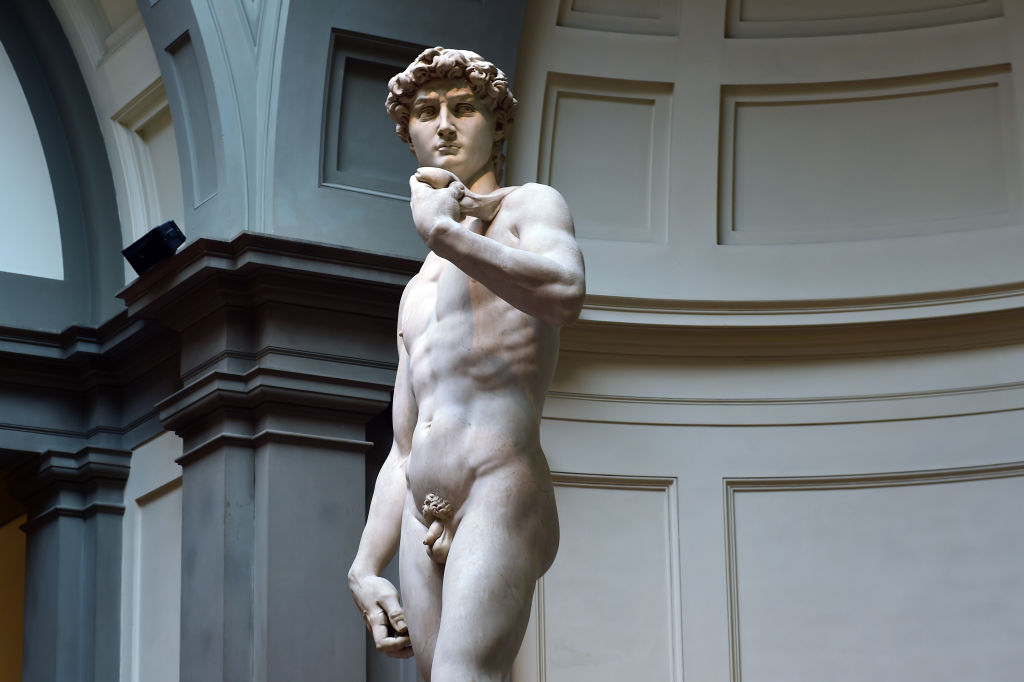New $16 M. Fund in New York Gives Artists Unrestricted Grants to Fuel Their Careers
Editor’s Note: This story originally appeared in On Balance, the ARTnews newsletter about the art market and beyond. Sign up here to receive it every Wednesday.
Artist and editor Corina Larkin has long looked to Ted Berger, executive director emeritus of the New York Foundation for the Arts, as a mentor. For years, she has consulted Berger—once called the “angel on the shoulders of thousands of struggling artists” by the New York Times—about how to fund artist-run projects. During her tenure as executive director at Chelsea’s CUE Art Foundation, Larkin and Berger, who serves as board president of CUE, talked often about how to alleviate the scarcity of resources in the field. The result of those conversations, Larkin explained at a press reception on Tuesday, was Trellis Art Fund, a new private family foundation dedicated to funding artists’ practices.
The fund, headquartered in Chelsea, will provide 12 recipients with $100,000 spread across two years. Larkin will serve as its executive director.
“Given the world that we live in, with so many other urgent crises, the role of the artist is even more precarious,” Larkin told ARTnews. In philanthropic circles, she said, “there is often a disconnect between the perceived value of art and an understanding of what it takes to get to the point to produce it.”
In a call with ARTnews, Berger said that the way arts funding is distributed via public and private organizations is reaching “a crisis moment.” The system, which Berger is often credited with helping create in New York, saw its fault lines exposed after the pandemic, when it failed to keep up with rising living and materials costs due to inflation.
“It doesn’t really deal with the living needs,” he said. “So many organizations in our field focus on dead artists.”
Trellis will manage a $15.8 million endowment, much of which will come from Larkin’s husband and the fund’s treasurer, Nigel Dawn, who oversees public pensions and university endowments at the investment firm Evercore. That figure puts Trellis in a far lower bracket than the country’s largest arts funders. For example, Milwaukee’s Ruth Foundation for the Arts and Minnesota’s Jerome Foundation, which distribute similar artist grants by means of family and artist endowments, manage $860 million and $109 million, respectively.
But, despite its smaller scale, Trellis is committed to distributing unrestricted grants that don’t track the artist’s use of the money. Larkin described how the group she assembled to run the organization is conscious of what it takes to sustain the labor that goes into artists’ practices and maintain their security. Disbursing the grant over two years is part of an effort to make a slightly “larger financial commitment,” she said. They’re forgoing a more conventional route in which $5,000 to $10,000 grants are given toward a project, approved as part of a proposal process. That approach, she said, doesn’t address the issue of sustaining an artist’s livelihood.
The fund’s five-member advisory board comprises a handful of prominent advisers and curators connected to New York’s biggest art institutions, among them sculptor Arlene Shechet and curators Marcela Guerrero and Eugenie Tsai, who have worked at the Whitney Museum and the Brooklyn Museum, respectively.
Nominated by an anonymous board-selected group of 75 academics, artists, and curators based across the United States, including Buffalo, Savannah, Tulsa, and Aspen, the initial grant recipients will be announced in mid-July, with another round coming in 2026.
Guerrero and Tsai helped elevate underrepresented artists from their museum roles. Guerrero has curated critically acclaimed exhibitions around Latinx artists, while Tsai has done so for Black and Asian American artists. After 15 years as a senior curator at the Brooklyn Museum, Tsai left her position last May. Having met Larkin through CUE, Tsai told ARTnews in an interview that the Chelsea nonprofit caught her attention for its emphasis on artists operating on the periphery of larger arts organizations. Some artists who had passed through CUE she knew from the 1990s, when she was connected to the artist-run New York collective Godzilla: Asian American Arts Network, a group that attended to issues of race and inequity within art institutions.
“For artists, there’s never enough money,” Tsai said, speaking at the reception at the fund’s Manhattan office. She told ARTnews she heeded Larkin’s call to join the board, seeing it as a way to stay involved in the process of developing artists’ momentum and safeguarding them from periods of instability. She acknowledged that curators at times must confront how artists’ trajectories are shaped outside museum walls. “Often, the most exciting things are happening outside of mainstream institutions,” she said.
Larkin said that, in the future, the fund may look to partner with other arts organizations and to add established artists to the board, but no concrete plans are yet in place. Money managers overseeing the foundation’s endowment will aim to grow it year to year, she said, while following an ethical investment strategy, as the recipient pool expands.
“We’re just trying to give people some time, space and recognition,” she said.



